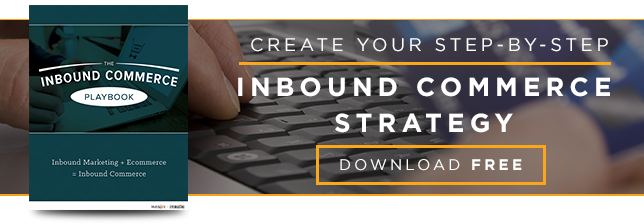As a marketer, you may be familiar with keywords and their role in search engine optimization (SEO). As you gravitate more towards the methodology of Inbound Marketing, you will find that keywords take on added importance.
How to Utilize Keywords
Keywords are words strategically placed in your content that help people who are searching for something find you. Keyword strategy has been in place as an SEO tool long enough that the competition for high search page ranking using the appropriate keywords is stiff. As more people turn to the Internet to find solutions, the need to find more effective SEO techniques has grown.
In a sense, Inbound Marketing is a response to that, though the practice of it goes far beyond page ranking. The concept of creating compelling content that draws people to your company and converts them into customers is about more than being on the first page of someone’s search. Though that is still important. After all, they can’t know you if they don’t see you.
Behind every search, there is a person trying to solve a problem they have. With Inbound Marketing in mind, keywords actually take on more value. If the goal is to find keywords that align with your business and bring your target customers to your site, getting to know who that person is better enables you to determine the keywords they might be using. This is where your buyer persona proves especially helpful. By knowing who they are, what their pain points are, and how you can be the solution for those pain points, you can develop a list of keywords that will bring those customers to your site and convert them into buyers.
Long Tail Keywords
We talk about keywords, but the truth is, today’s Internet consumer is not just putting one word into the search box, but either a phrase of a combination of words that better target what they are looking for. These are called long tail keywords. As an example, “Inbound Marketing” would offer a more focused search then just putting in “marketing” and “Inbound Marketing content best practices” more focused still. The person who is putting in a long tail keyword is more likely to be someone closer to making a buying decision. The deeper you understand your buyer persona, the better able you will be to hone in on what their long tail keyword clusters will be.
Content List
Once you have collected keywords that connect you to your buyers, you also have the makings of a content list. These keywords, especially the long tail ones, tell you what your potential customers are looking for information on. Creating content around these keywords can bring you relevant organic search traffic. Over time, developing articles, videos, infographics and other content related to these keywords will bring the people you want to your brand and help you convert them into customers.
Creating a keyword(s) list may sound like a lot of work, but if the goal is to bring the right people to your site, the ones that will be motivated to buy from you, there is no better way. In tandem with a solid, well researched, Inbound Marketing strategy, you will be able to attract and convert them into becoming your customers.


